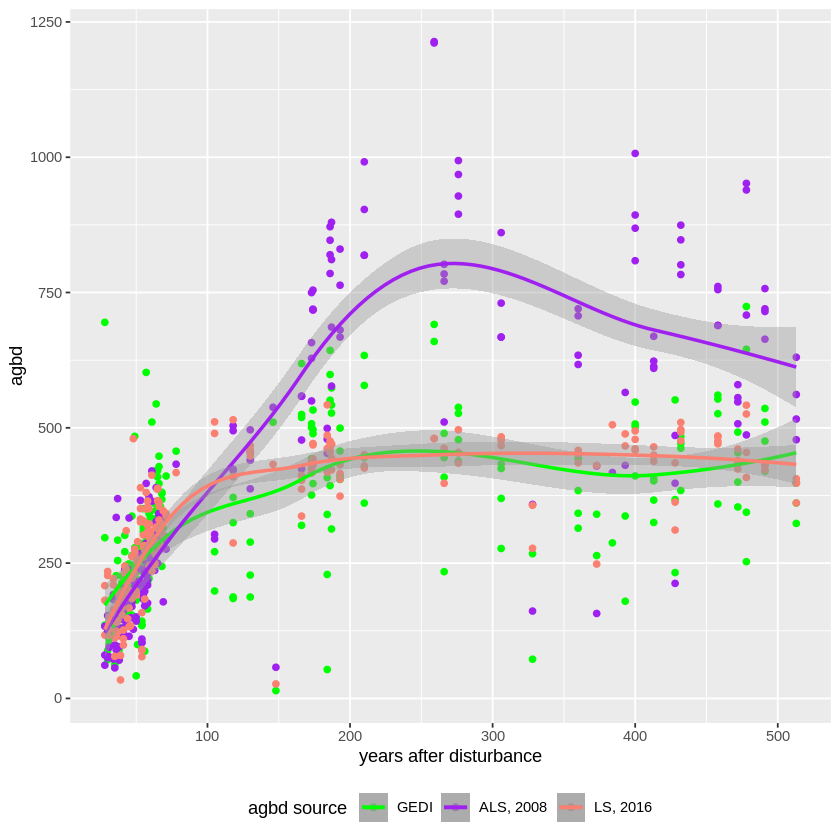





For context, this would in theory allow about 1/3 historical cumulative emissions to be absorbed over a century or so. Which is a start, but nowhere near enough.
Also noteworthy: the bulk of forest-based carbon offsets have been fraudulent.
The paper is here
It’s also important that these trees not be allowed to die and decompose. The decomposition of trees will just put all the captured carbon back into the atmosphere. Dead trees need to be buried underground, or forests planted specifically with the intent to be cut down and eventually and buried underground. Or, even plankton farms created specifically to be harvested and buried.
Ultimately all of this isnt profitable, and thus wont be created at scale. I suspect we need to start making energy providers be required to bury Carbon as part of running their business!
So basically what you saying is that: to cancel the CO2 emissions generated from all the fossil fuel we dug from the ground, we need to bury tree that will turn into fossil fuel again.
It seems logical for me.
I mean, I don’t outright agree. Forests evolved in systems where nutrients were continuously recycled. Specifically, the accumulation of soil carbon is a major aspect of fertility in forested systems, and we don’t really know how deep most soil goes. Then of course you have churn from tree fall, etc…
I’ve got a paper in review now about the relationship between carbon fertilization in forest soils. We saw about double the NPP beyond what we expected in areas were additional litter contributed to soil formation. High carbon soils ended up having even more carbon than we expected, due to non-linearties of carbon additions.
It might be that by removing large quantities of carbon from these systems we fundamentally alter the nutrient cycling. What happens to NPP when you pull carbon that isn’t supposed to leave?
Trees decompose relatively slowly and offer a habitat to lots of animals. In addition, some CO2 is still stored in the ground. Decomposition is really not the issue, unlike what humans tend to do with wood (a lot of which is burned or made into cheap furniture and then burned).
Decomposition is really not the issue
CO2 from the ground in the form of oil, gas and coal (etc) goes into the air. CO2 from the air goes into trees. CO2 from dead trees goes into the carbon cycle. We need to remove carbon from the cycle. It is definitely part of the issue. Hence by stating that it might be a good idea to make forests specifically for the farming of carbon.
If you can think of another way to gather carbon cheaply and then get it out of the cycle I’d be happy to hear it!
Hence by stating that it might be a good idea to make forests specifically for the farming of carbon.
What you mean are not “old-growth forests” (article) but plantations, although they might be managed a bit differently than tree plantations today. They will fail at fostering ecosystem diversity and will not be particularly resilient. Dead material is vital for a living, thriving forest.
Since you imply that your idea has no alternatives: If we reduce consumption of animal products, we can drastically reduce the amount of farmland (as 70% of worldwide farmland is used to feed animals who in turn “waste” a lot of their feed, as they are not turning plant calories into animal calories 1:1). In many regions, this will allow growing forests or re-establishing swamps which will then be able to store CO2 again. Even farmland that is sustainably managed can store a lot of CO2, that just means allowing some nature on farms again and plowing a lot less.
This is a figure I’m working on for a paper on the relationship between disturbance and recovery in forests. These are some data over an old growth forest in the Pacific Northwest Cascade forest. The X is time of disturbance, and the three groups of points are three different ways of estimating forest carbon (its a known issue that two of the systems saturate around 400-500 Mg/Ha).
Most forests in this region are harvested around ~200-300 Mg/Ha, and usually harvested down to about 50-100 Mg/Ha, every 30 years.

are you going to put it on arxiv or similar? It seems like an interesting read!
Removed by mod
Agree with the carbon sink points. They’re also massively important anchors for other animals and promote biodiversity. Old growth oaks in North America for example